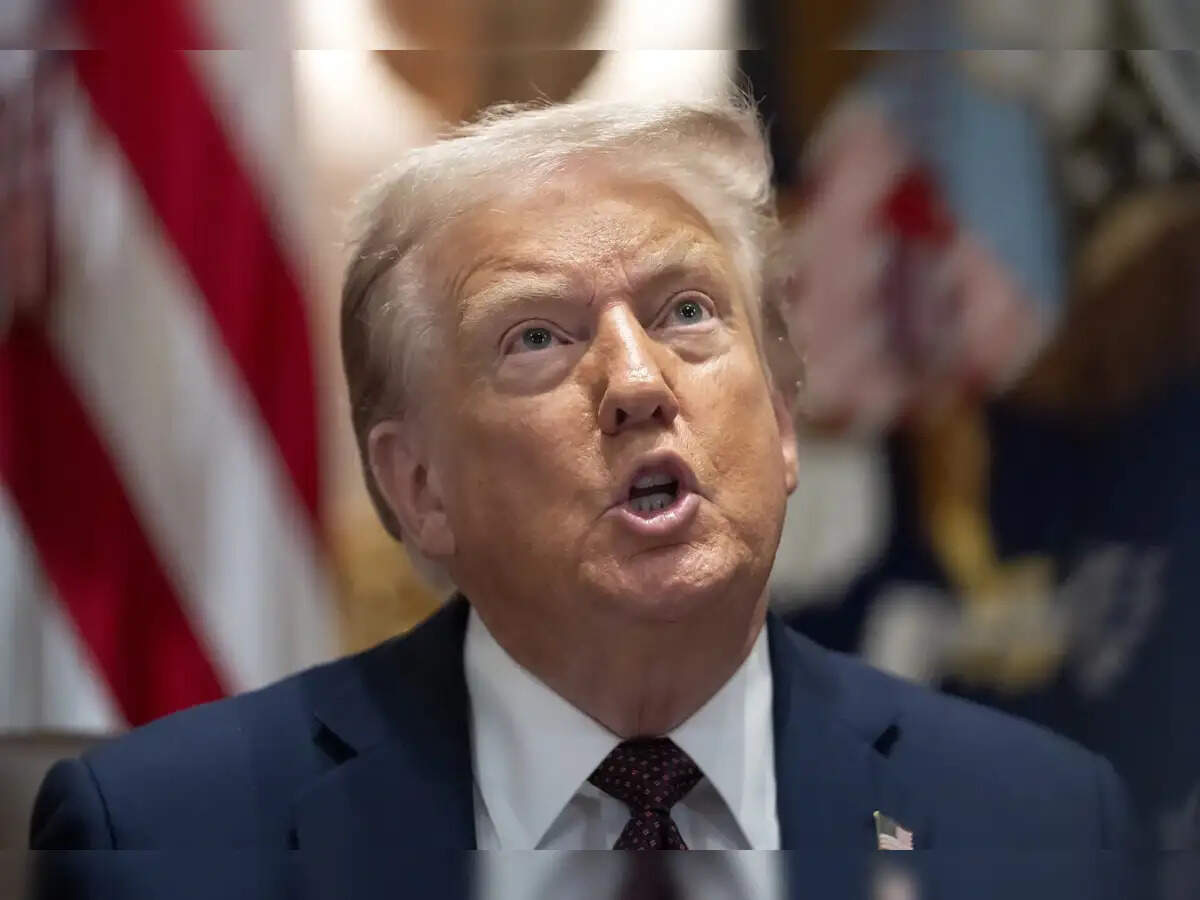
A federal appeals court has ruled that many of U.S. President Donald Trump’s global tariffs were issued illegally, striking a major blow to his economic agenda and raising new questions about the limits of presidential power over trade.
On Friday, the U.S. Court of Appeals for the Federal Circuit upheld a lower court’s finding that Trump had exceeded his authority under a decades-old law that allows the president to take emergency economic measures. The 7-4 ruling said the International Emergency Economic Powers Act (IEEPA), passed in 1977, did not grant the White House unlimited power to impose import taxes.
“The text and structure of IEEPA make it unlikely that Congress intended to grant the president unlimited authority to impose tariffs,” the court said in its opinion.
The decision largely affirms a May ruling by the U.S. Court of International Trade in New York, which combined lawsuits filed by several businesses and U.S. states. However, in a relief to Trump’s trade agenda, the appeals court did not immediately strike down the tariffs. Instead, it allowed them to remain in place until October 14, giving the president time to appeal to the U.S. Supreme Court.
What was Trump’s response?
The ruling sparked a sharp reaction from Trump, who defended his tariff strategy and promised to keep fighting.
“ALL TARIFFS ARE STILL IN EFFECT! Today a Highly Partisan Appeals Court incorrectly said that our Tariffs should be removed, but they know the United States of America will win in the end,” Trump wrote on his social media platform.
“If these tariffs ever went away, it would be a total disaster for the Country. It would make us financially weak, and we have to be strong,” he added.
The president, who has often touted tariffs as a tool to protect American jobs and pressure foreign governments, vowed to take the case to the Supreme Court. “If allowed to stand, this decision would literally destroy the United States of America,” he claimed.
The court battle focuses on Trump’s so-called “Liberation Day tariffs” imposed in April, when he slapped reciprocal levies of up to 50% on countries with which the U.S. ran trade deficits, and a 10% baseline tariff on nearly all other trading partners.
Trump argued that the US’ large and persistent trade deficit amounted to a “national emergency.” Countries that negotiated new trade deals with Washington, such as Japan, the U.K. and the European Union, were able to escape the harshest levies. Others that resisted faced steep penalties: Laos was hit with a 40% tariff, while Algeria saw a 30% levy.
Earlier, in February, Trump had imposed tariffs on China, Mexico and Canada, citing national emergencies linked to illegal immigration and drug trafficking.
The case does not cover other tariffs Trump imposed on steel, aluminum and autos under Section 232 of the Trade Expansion Act of 1962, nor the China-specific tariffs introduced during his first term, which former President Joe Biden has kept in place.
Trump tariffs and IEEPA: Why does it matter?
At the center of the dispute is IEEPA, which allows presidents to regulate financial transactions during declared national emergencies that originate outside the U.S. The law has typically been used to impose sanctions, freeze assets, or restrict technology exports.
No president before Trump had used IEEPA to justify blanket tariffs on goods. Legal experts say that while Congress has gradually ceded tariff powers to the executive branch, the Constitution reserves the authority to impose taxes for lawmakers.
In its May ruling, the trade court said Trump’s tariffs “exceed any authority granted to the President” under the emergency powers law. Friday’s appeals court decision reaffirmed that position, while noting that the question of executive authority could ultimately be decided by the Supreme Court.
How other presidents have used IEEPA
Past administrations have relied on IEEPA primarily for targeted sanctions:
In 2001, former President George W. Bush invoked it to block terrorist financing networks after the 9/11 attacks. In 2015, former President Barack Obama used the law to sanction foreign hackers, as per NYT.
Trump himself used it to penalize Venezuela’s state-owned oil company, to reimpose sanctions on Iran, and even to target officials at the International Criminal Court.
But broad-based tariffs are another matter. “Presidents have never used IEEPA as a blanket tool for import taxes,” Kelly Ann Shaw, a economic adviser to the Trump administration, told AP that the law was intended as a rapid-response tool for crises, not for reshaping global trade.
Trump tariffs: What happens to trade if tariffs fall?
The ruling could carry major financial implications. Tariffs brought in $159 billion in revenue by July, more than double the amount collected at the same point the previous year. The Justice Department has warned that if the tariffs are overturned, the U.S. Treasury could be forced to refund billions in duties already collected, creating what it called the risk of “financial ruin.”
The case also threatens one of Trump’s core negotiating tools. “While existing trade deals may not automatically unravel, the administration could lose a pillar of its negotiating strategy, which may embolden foreign governments to resist future demands or even seek to renegotiate terms,” Ashley Akers, a Justice Department lawyer now at Holland & Knight, told AP.
What comes next?
Trump still has other legal avenues for tariffs, including the 1974 Trade Act, which allows temporary tariffs of up to 15% for 150 days, and Section 232 of the 1962 Trade Expansion Act, which permits tariffs for national security reasons after a Commerce Department investigation. But neither provides the sweeping, unilateral powers Trump claimed under IEEPA.
The appeals court decision leaves the tariffs intact for now but adds uncertainty to U.S. trade policy, businesses, and global markets. Whether the Supreme Court agrees to hear the case will likely determine the future of one of Trump’s most controversial economic weapons.
With inputs from AP and NYT
